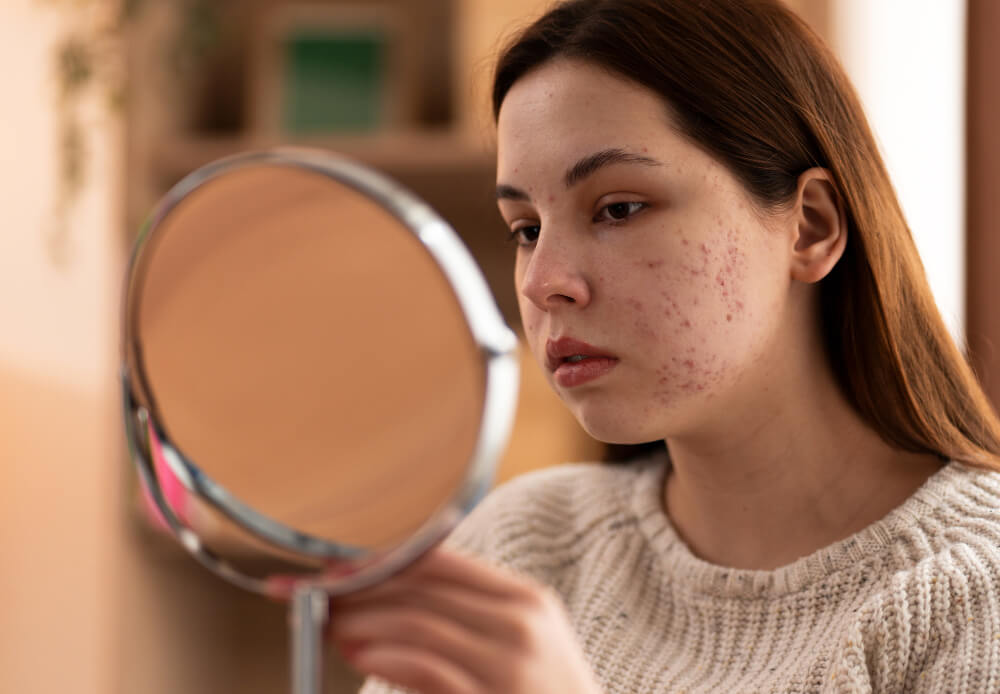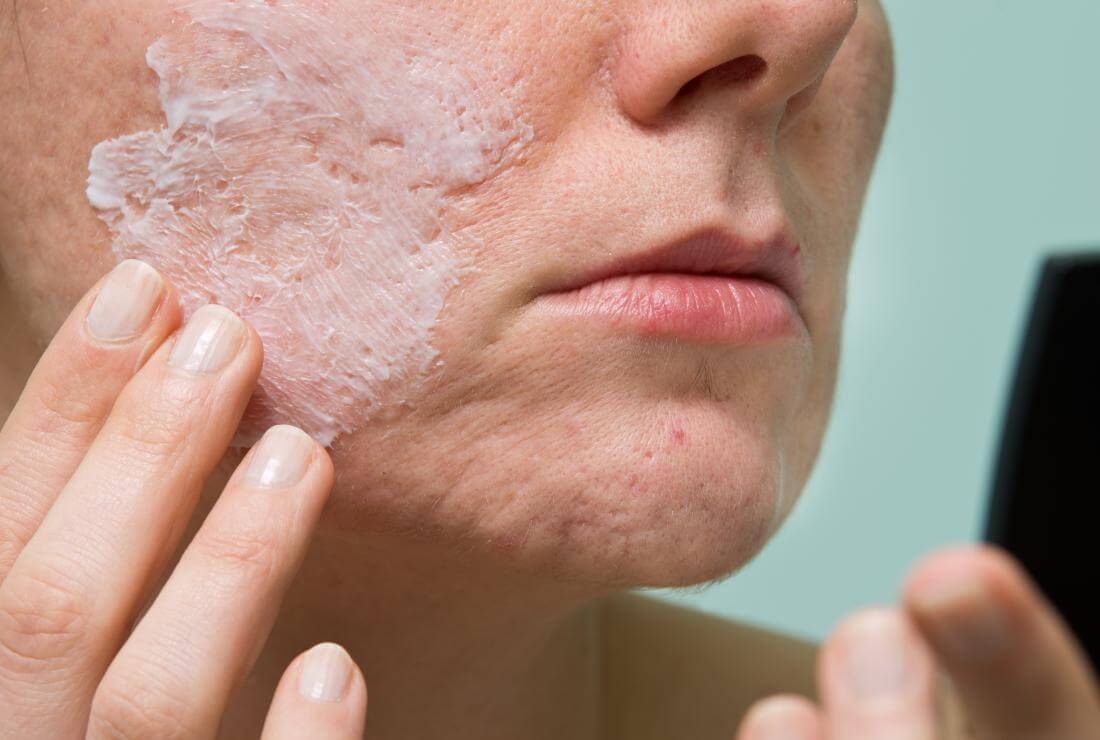Understanding Cystic Acne and Hormonal Acne: Treatment Options Explored
Cystic acne and hormonal acne are two prevalent dermatological conditions that can significantly impact an individual’s self-esteem and quality of life. These types of acne can be stubborn and challenging to treat, often requiring a comprehensive approach. In this article, we will delve into the causes, symptoms, and various treatment options available for managing cystic and hormonal acne.
What is Cystic Acne?
Cystic acne is a severe form of acne characterized by deep, painful, and inflamed cysts beneath the skin’s surface. These cysts can be larger than typical acne lesions and often leave behind scars. Cystic acne typically affects the face, but it can also appear on the neck, chest, back, and shoulders.
Symptoms of Cystic Acne
Symptoms of cystic acne may include:
- Painful, red, and swollen bumps beneath the skin
- Deep-seated nodules or cysts that are filled with pus
- Formation of acne scars after the lesions heal
Causes of Cystic Acne
Cystic acne is primarily caused by:
- Excess Sebum Production: Overproduction of sebum, the skin’s natural oil, can clog hair follicles and lead to the development of cystic acne.
- Bacterial Infection: Propionibacterium acnes (P. acnes) bacteria can thrive in clogged pores, causing inflammation and infection.
- Hormonal Imbalances: Fluctuations in hormone levels, particularly an increase in androgens like testosterone, can trigger the overproduction of sebum and exacerbate cystic acne.
Hormonal Acne: Understanding the Connection
Hormonal acne is closely linked to fluctuations in hormone levels, particularly during puberty, menstruation, pregnancy, and menopause. Androgens, such as testosterone, stimulate the sebaceous glands to produce more oil, leading to clogged pores and acne breakouts. Hormonal acne often manifests as deep, tender, and inflamed pimples primarily along the jawline, chin, and lower cheeks.
Treatment Options for Cystic and Hormonal Acne
Topical Treatments:
- Retinoids: Prescription-strength retinoids, such as tretinoin and adapalene, help unclog pores, reduce inflammation, and promote skin cell turnover.
- Benzoyl Peroxide: This over-the-counter ingredient kills acne-causing bacteria and reduces excess oil production.
- Topical Antibiotics: Antibacterial creams or gels containing ingredients like clindamycin or erythromycin can help control bacterial growth and inflammation.
Oral Medications:
- Oral Antibiotics: Antibiotics like doxycycline or minocycline are prescribed to reduce inflammation and kill bacteria.
- Oral Contraceptives: Birth control pills containing estrogen and progestin can regulate hormone levels and improve acne in women.
- Anti-Androgen Medications: Drugs like spironolactone block the effects of androgens and reduce sebum production, making them effective for hormonal acne treatment.
Isotretinoin (Accutane):
Isotretinoin is a powerful oral medication reserved for severe cases of cystic acne. It reduces oil production, prevents clogged pores, and provides long-term remission in many patients. However, it can cause significant side effects and requires close monitoring by a dermatologist.
Procedures:
- Laser Therapy: Laser treatments, such as photodynamic therapy (PDT) or fractional laser resurfacing, can target acne-causing bacteria and reduce inflammation.
- Chemical Peels: Chemical peels containing ingredients like salicylic acid or glycolic acid exfoliate the skin, unclog pores, and improve acne scars.
- Corticosteroid Injections: Dermatologists may inject corticosteroids directly into cystic lesions to rapidly reduce inflammation and promote healing.
Conclusion
Cystic acne and hormonal acne can be challenging conditions to manage, but with the right treatment approach, significant improvement is possible. By understanding the underlying causes and exploring various treatment options, individuals affected by these types of acne can regain their confidence and achieve clearer, healthier skin. Consultation with a dermatologist is crucial to develop a personalized treatment plan tailored to individual needs and skin types.
Remember, consistency and patience are key when treating acne, and it’s essential to give treatments time to work while maintaining a gentle skincare routine. With perseverance and professional guidance, individuals can overcome the challenges of cystic and hormonal acne and embrace a brighter, blemish-free future.


